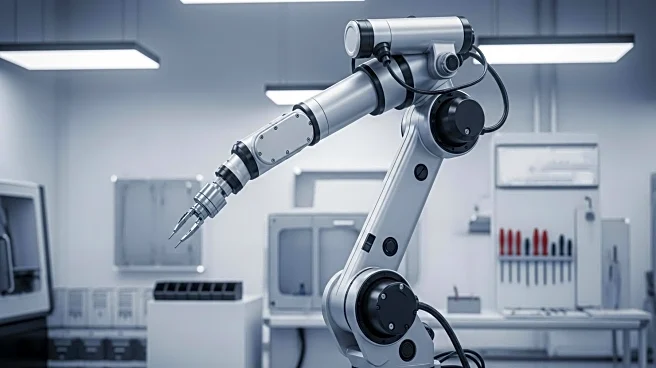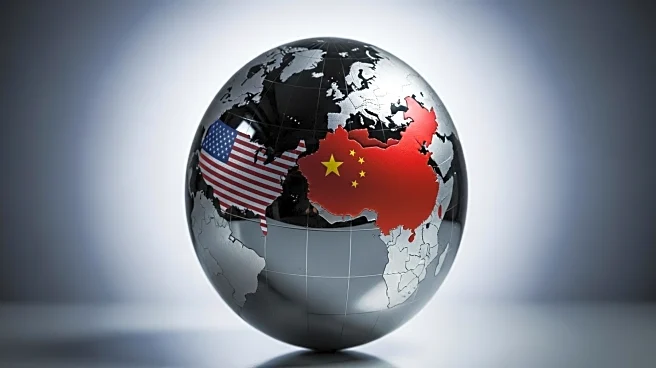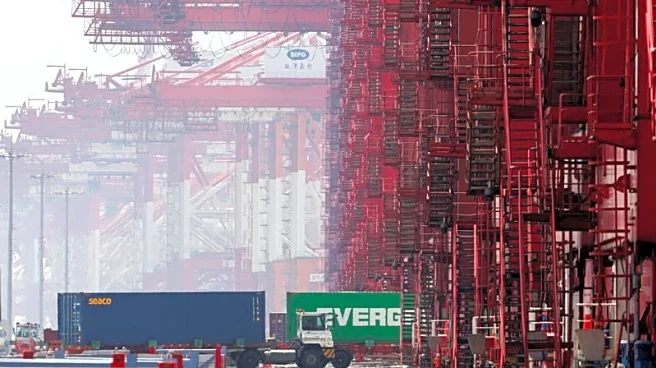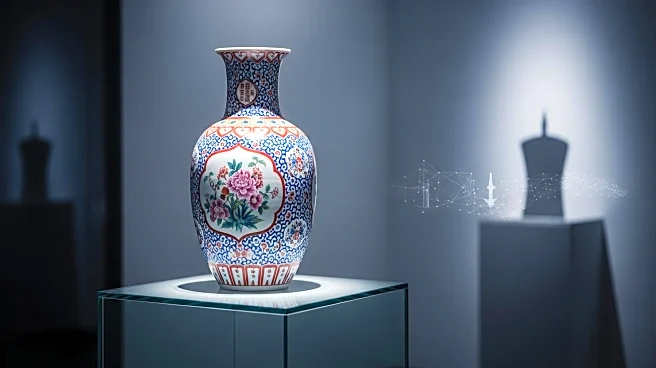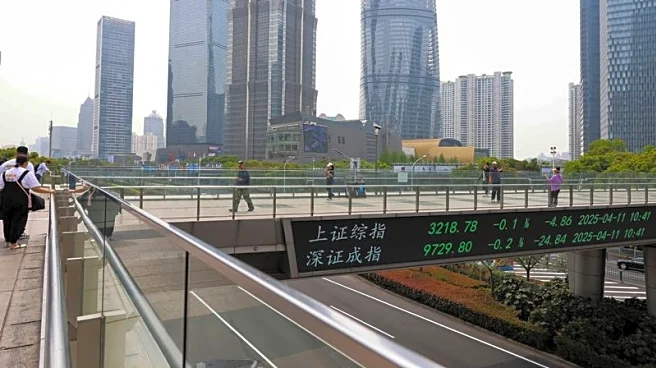What is the story about?
What's Happening?
Dürr, a prominent player in the industrial robotics sector, has announced significant restructuring plans due to a slowdown in demand. The company has revised its order-intake target for 2025, reducing it from €4,300-€4,700 million to €3,800-€4,100 million, citing weaker project demand. As part of its restructuring, Dürr plans to eliminate approximately 500 administrative positions by the end of 2026 and absorb €40-50 million in restructuring provisions in the second half of 2025. This move is expected to generate annual savings of about €50 million starting in 2027. The company also projected that its earnings before tax (EBIT) after extraordinary effects could fall into negative territory, between -1 percent and 0 percent. Despite the broader industrial robotics market showing optimistic growth projections, Dürr's actions reflect the challenges faced by established players in maintaining profitability amidst increasing competition and declining average prices.
Why It's Important?
The restructuring by Dürr highlights the shifting dynamics in the industrial robotics market, where established companies are facing pressure from emerging competitors, particularly from China and India. These countries are rapidly increasing their robot installations, with China accounting for 54 percent of global installations in 2024. The competitive landscape is becoming saturated, with new entrants offering lower-cost solutions that challenge legacy players. This situation underscores the need for companies like Dürr to adapt by focusing on high-end applications or pivoting towards software and AI-augmented robotics to avoid commoditization. The broader implications for the U.S. include potential impacts on domestic robotics firms and the need for strategic adjustments to remain competitive in a global market increasingly dominated by cost-effective solutions from Asia.
What's Next?
Dürr faces several strategic options moving forward. It could lean into its reputation for quality and precision, focusing on premium niches where price pressure is lower. Alternatively, Dürr might consider merging or being acquired, as seen with other German robotics firms attracting Chinese buyers. Another option is to pivot towards software, intelligence, and AI-augmented robotics, investing in data, diagnostics, and autonomous features. The timing of these decisions is crucial, as the market's plateau could become a decline, necessitating swift adaptation to avoid structural decay. The company's planned divestment of its environmental-technology unit could provide the financial flexibility needed to pursue these strategic shifts.
Beyond the Headlines
The industrial robotics market is experiencing a maturation cycle, characterized by fewer hardware winners, increased segmentation, and consolidation. This evolution may lead to margin pressure and shakeouts, with ambitious new entrants disrupting the market but facing high failure rates. For companies like Dürr, the challenge lies in transitioning from being traditional robot sellers to orchestrators of robotics systems, leveraging their engineering roots to integrate advanced technologies. This shift could redefine the competitive landscape, emphasizing the importance of innovation and strategic foresight in navigating the complexities of a saturated market.
AI Generated Content
Do you find this article useful?
